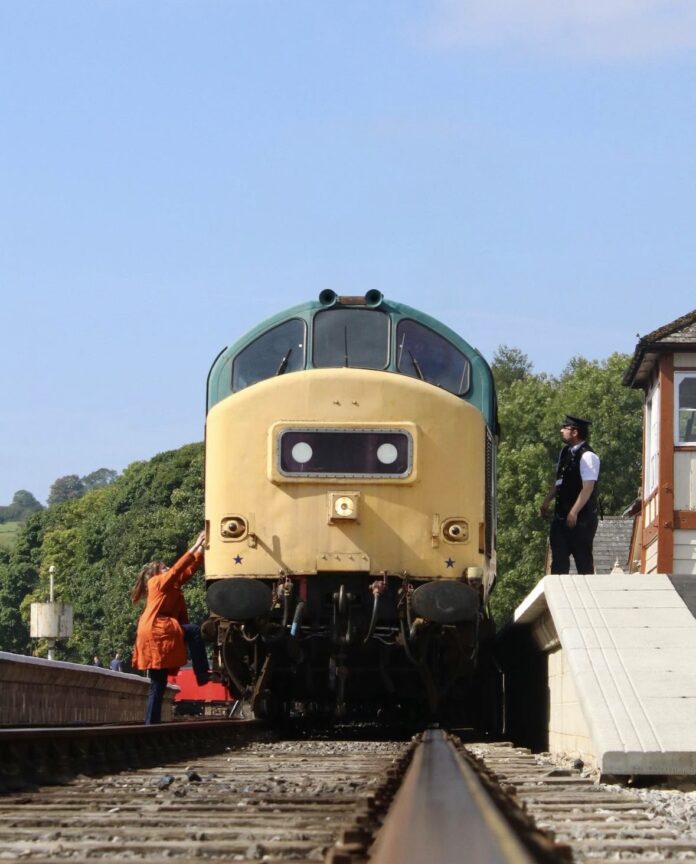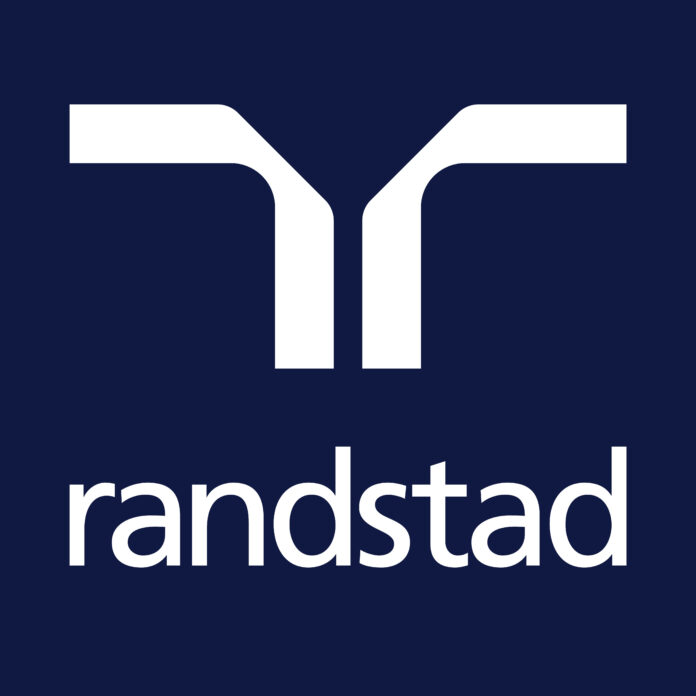When Sarah first discovered her passion for rail, she found herself surrounded by men. Now, nearly two years into her role at SEP Rail Design, she hopes to show others that women do belong in every part of the railway.
Rail is often pigeonholed as a man’s world, and the conversation around “getting more women into rail” can feel like it’s stuck on loop. But behind the “we need more women!” stats, there’s a real human question many women quietly ask themselves when looking at rail careers:
“Am I really welcome here?”
That question isn’t about ticking a diversity box or about lauding a token success story. It’s about belonging. And belonging is what keeps great people, regardless of gender, around for the long haul.
A world where women weren’t visible
Sarah’s first foray into rail began with childhood visits to railways museums with her dad, who had always dreamed of being a signalman. She’d see rows of volunteers on the footplate – almost all men. “I never thought I wasn’t allowed,” she recalls, “but I also never saw women doing it. So, I just assumed that path wasn’t for me.”
As a teenager, Sarah joined the North Yorkshire Moors Railway as a junior volunteer. She got her hands dirty cleaning engines, doing carriage work, even pulling shifts in dining cars. Yet one question kept resurfacing: “I wasn’t sure if anyone actually wanted me there.”
That feeling ‘am I really welcome here?’is the invisible barrier many women run into. They might have the passion, but if they sense they’re intruding into a ‘boys club,’ they can turn around and walk out before ever realising how much they’d thrive.

Samantha Pinkney, Finance and Commercial Director at SEP Rail Design and SEP Rail Engineering has been in the rail industry for over two decades. Speaking on the industry transformation, Samantha highlighted: “Over the last 20 years, I have seen positive changes for women in rail. Diversity and Inclusion policies have significantly helped to drive this which aid the industry to make a conscious effort to attract, recruit and retain more women.
For a small business, it’s important that we encourage a diverse team of employees to be innovative, and more creative. This makes our business more relatable with a wider range of skills.”
One woman that changed everything
Sarah’s perspective shifted when she spotted another woman working as fully trained, newly qualified driver. “I had this moment,” Sarah said. “If she can be here, why not me?” Soon, this same person became an informal mentor, giving Sarah something that statistics never could: a living example that erased any doubt.
Research shows that stats and stories have the same short-term impact. But that same research shows that after a day, the data’s persuasive effect plummets – while stories remain memorable. For Sarah, seeing even one real-life example is what cemented that idea of “I do belong.”
Belonging over tokenism
After Sarah finished her university qualification in art and illustration, she couldn’t shake the feeling that her career was destined to be within the rail industry.
After spotting and applying for an open position at SEP Rail Design, she applied, landing and interview with Design Director, Rob Brotherton. Recalling Sarah’s interview, Rob said,
“I still remember the first time I met Sarah – her passion, talent and the quiet confidence that she truly belonged in rail immediately struck me. Now, it’s clear that Sarah’s creative thinking and technical skillset is going drive her career upwards at SEP Rail Design.
Every person who joins our team brings a fresh perspective, and having a team with diverse thinking and backgrounds will continue to develop of our industry long into the future”
Now, almost two years later, Sarah is thriving in the profession that her younger self once questioned. “It’s not just the day-today, problem solving and on-the-ground experience that I enjoy – it’s the sense of camaraderie. Entire teams, from surveyors to gauging engineers – collaborate to keep trains running safely. You feel a part of bigger picture that’s making a genuine, tangible difference to peoples lives”
Sarah is now completing her Track Engineering Diploma through the Permanent Way Institution (PWI) and spends her day between site and the office, driving her lifelong passion through her career. Outside of day job, Sarah’s also a fully qualified Fireman at the Embsay and Bolton Abbey Railway.
But the biggest shift she’d like to see in rail isn’t just hiring more women. It’s normalising the fact that women are there – without making it an overblown headline.
“We need to show women in these roles, but not in a ‘Look how great we are for including a woman!’ way. It should just be a natural part of day-to-day rail life.”
A stronger, more welcoming future
Instead of the headline “How can we get women into rail?”, Sarah points toward a deeper consideration: “How do we create a space where women feel they can belong – so they don’t question if they’re intruding?”
“If a woman can simply see other women on footplates, at control desks or in the design office, it normalises her presence. That natural exposure and normalisation is key” Sarah explained.
For Sarah, it was the woman she saw a woman on the footplate that changed everything. But as she explained “Even an informal chat with someone who looks like you, can shift your entire mindset. Visibility is one thing – but opportunities to connect are equality important.”
Why this conversation matters
For International Women’s Day, celebrating Sarah’s story is about spotlighting the real questions women ask – ‘Am I welcome?’, ‘Will I fit in?’ – and answering them with authenticity.
Sarah’s experience has taught her that we need to do more to highlight the normal, everyday successes, like a woman designing track geometry, a mother running signal operations – shines more of a light on the possibilities than statistics ever could.




